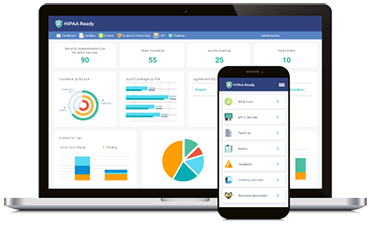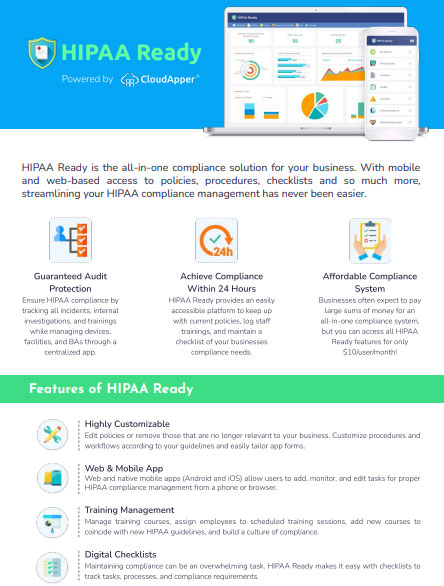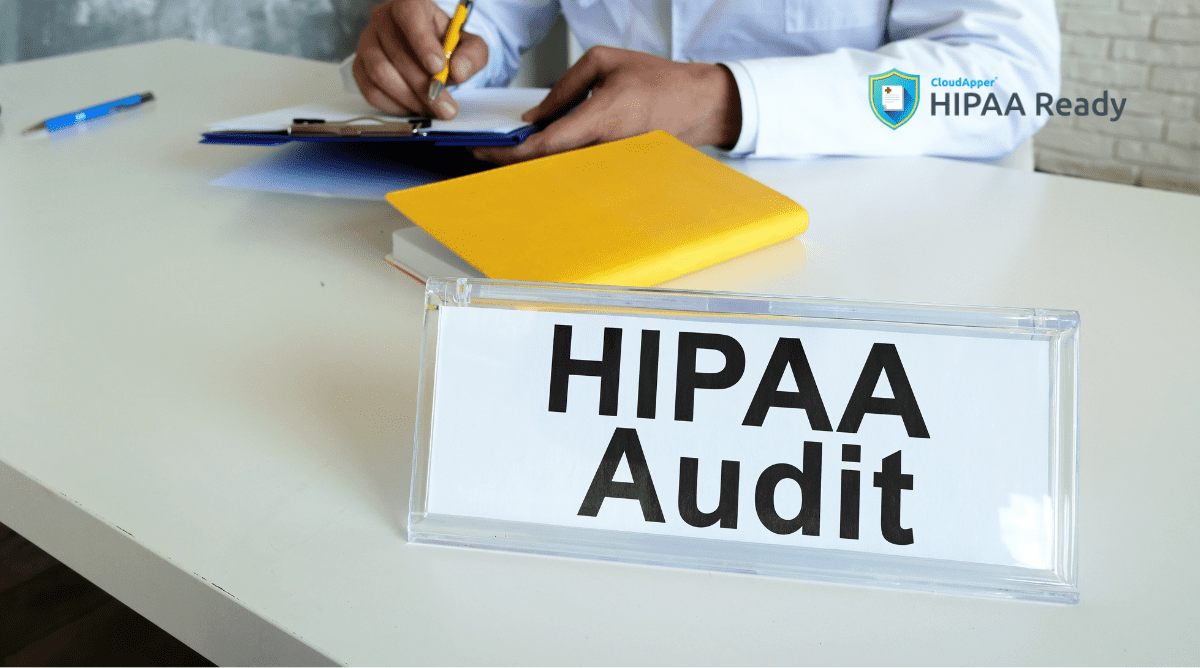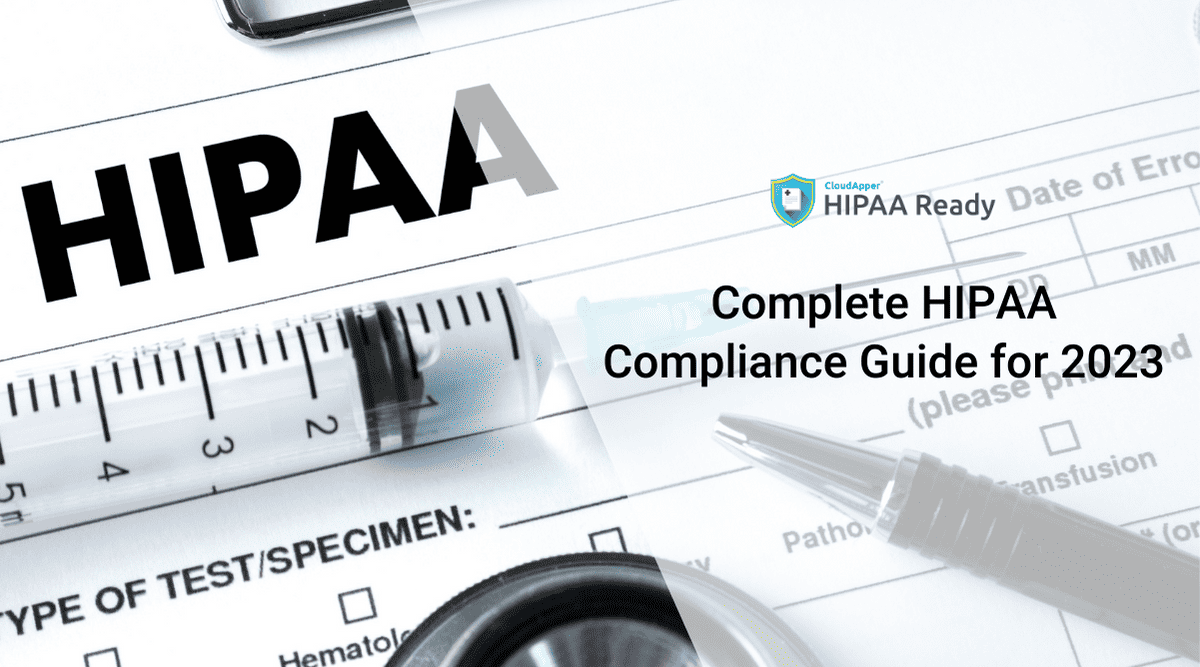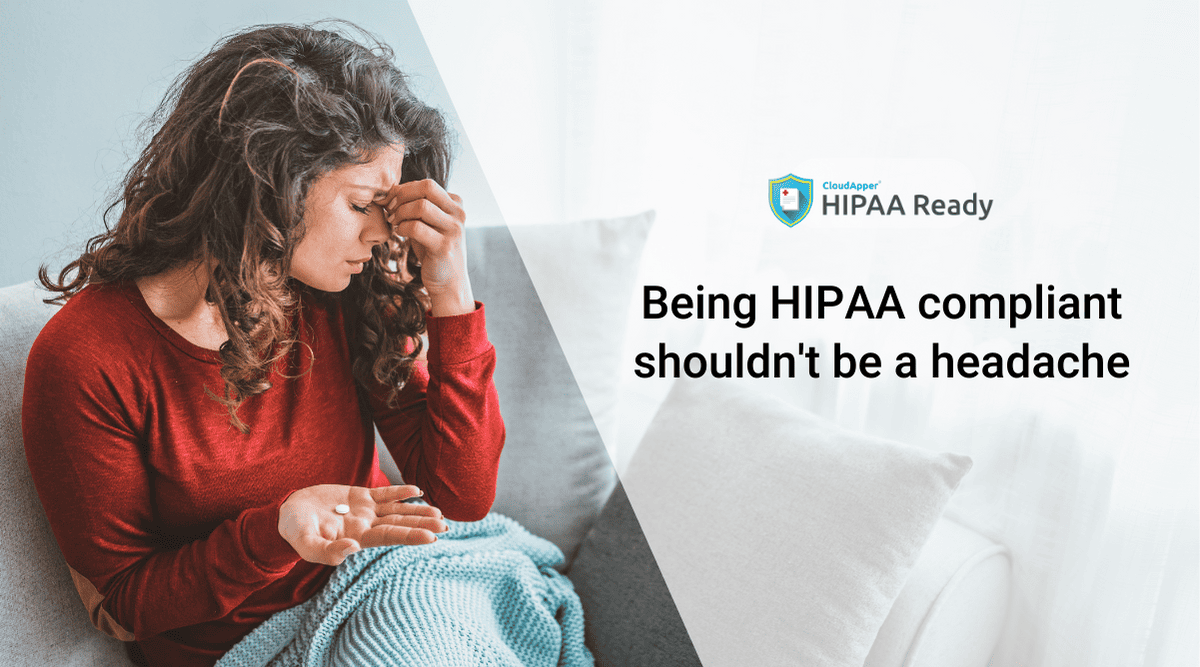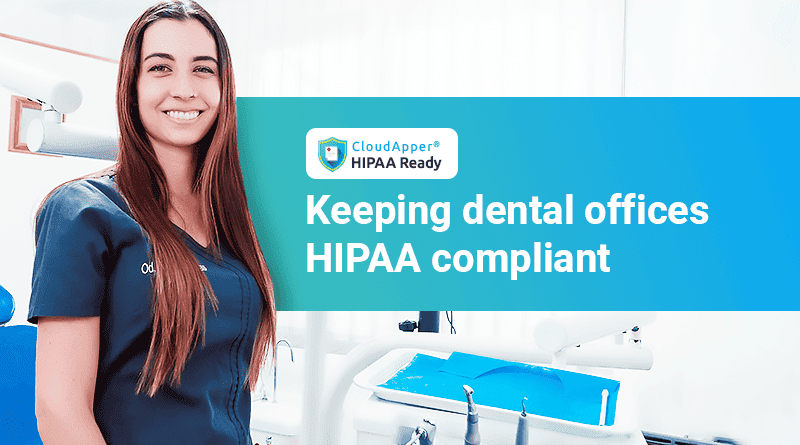The Health Insurance Portability and Accountability Act (HIPAA) is a complicated piece of law that aims to protect the privacy of patient information across the US healthcare system. The importance of this law is evident from the heavy penalties in place to ensure compliance with HIPAA. Following the stipulations with a HIPAA compliance checklist adds an extra layer of protection to safeguard patients’ Protected Health Information (PHI). Fines and penalties for non-compliance can exceed the value of the information itself on the black market. This article will explore the elements to consider for a HIPAA compliance checklist.
The Purpose of a HIPAA compliance checklist
The purpose of HIPAA includes improving the portability of health insurance, protecting the privacy of patients and health plan members, ensuring the security of health information, and that patients be notified when there is a breach of their health data.
The purpose of a HIPAA compliance checklist is to improve the efficiency of a compliance program. Through a HIPAA compliance checklist organizations can gauge their efforts with the HIPAA regulations that covers the privacy and security of confidential patient data. It helps detect risks and vulnerabilities within an organization, that can lead to unauthorized access to PHI. Check out the HIPAA compliance requirements, with detailed information to help you better understand how it can protect a patient’s personal health information.
Important elements to consider
As a part of the compliance process, a HIPAA compliance checklist is a tool that all HIPAA-covered entities and business associates can use. All covered entities and business associates are usually different to each other. Most organizations have some differences in their working habits, policy and procedures, compliance management efforts, and security mechanisms. Currently, there is no formalized HIPAA compliance checklist, because a “one size fits all” approach would probably not be effective for organizations that engage in healthcare-related operations.
HIPAA is now widely known for protecting the privacy of PHI and ensuring appropriate data security measures are in place. The privacy and security measures are further protected by the requirements added by the HIPAA Privacy Rule of 2000 and the Security Rule of 2003. The Breach Notification Rule was introduced in 2009 and requires healthcare providers to notify individuals when there is a breach of their health information.
The purpose of the HIPAA Privacy Rule was to establish restrictions on the permitted use and disclosure of PHI, about whom can health information be shared under what circumstances, and when. Another purpose of this Rule was to give patients their right to access, make copies, or corrections to their health data.
The purpose of the HIPAA Security Rule is to establish security protocols of electronic health data by controlling access to health data and maintaining an auditable trail. The Security Rule is in three parts and are all essential elements of a HIPAA compliance checklist. The three parts are physical, technical, and administrative safeguards that are required to be implemented by organizations to ensure confidentiality, security, and integrity of PHI.
Ease the complexities with HIPAA Ready
Even though there isn’t a universal checklist, it is possible to create a comprehensive HIPAA compliance checklist by understanding the important elements of the legislation as it relates to your organization’s unique requirements.
A HIPAA compliance checklist can easily be accomplished through HIPAA Ready. HIPAA Ready is a robust cloud-based HIPAA compliance software that is designed to ease the complexities of HIPAA compliance management. It includes a digital dashboard where you can create a comprehensive checklist of all the tasks that are required to be compliant with HIPAA. With HIPAA Ready, you can centrally monitor and manage your HIPAA policies, checklists, and training across your business.
Being compliant is all about adopting good practices and processes in your organization by following a draft checklist compiled by The United States Department of Health & Human Services (HHS). All you need to do is adopt the items that are relevant to your business and follow the checklist.


